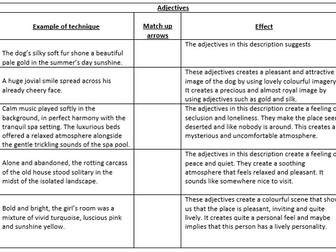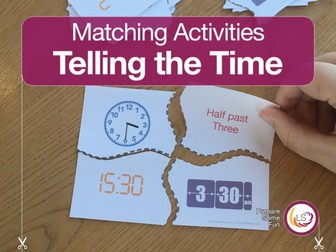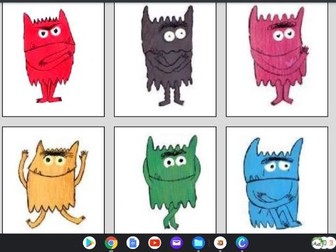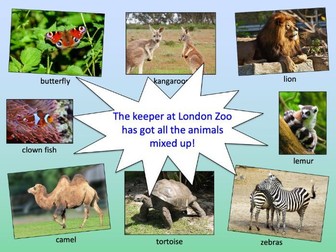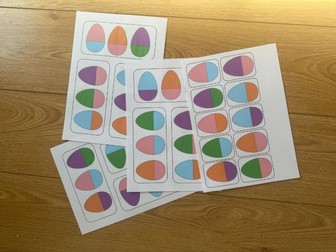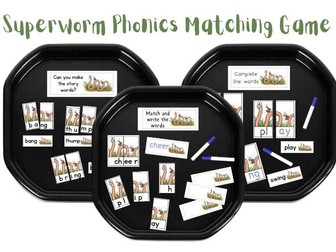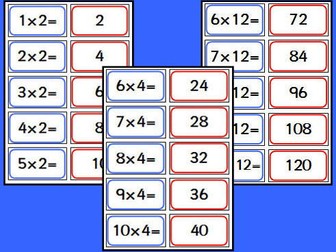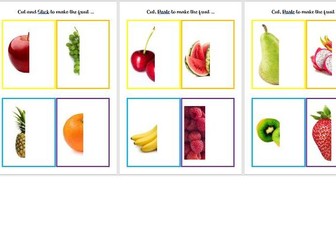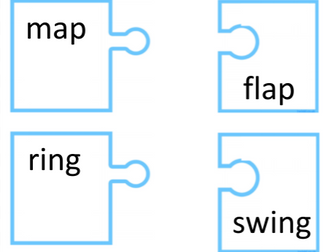
Numicon Shape Matching Pictures
A selection of 5 images designed for actual size Numicon pieces. Children match Numicon pieces to the pictures (A4 size) or experiment further with numbers by choosing alternative combinations of filling in each picture.
An optional recording sheet is also included within the download to encourage pupils to record which shapes they used and to add them together to find the total. These are great for differentiated learning - LA pupils can focus on matching shapes while HA pupils can extend to number bonds and addition.
The students in my Reception class loved these sheets and would often choose to write down the numeral next to each shape that they used on the original picture sheet, and then count all holes to find the total, recording in whichever way they chose. There are lots of possibilities to explore and secure number sense.
